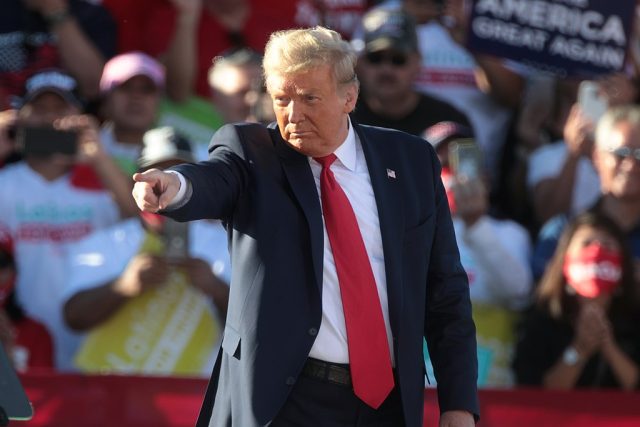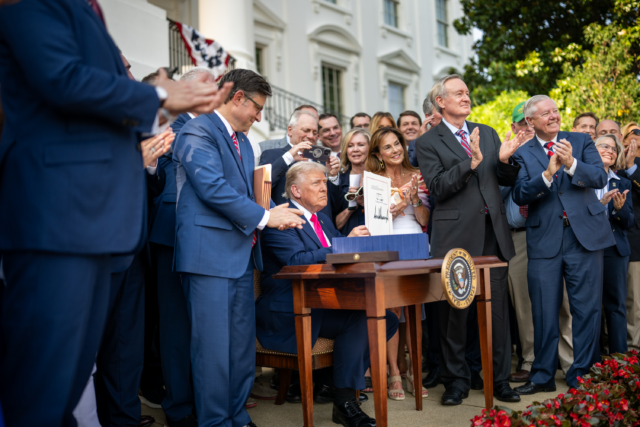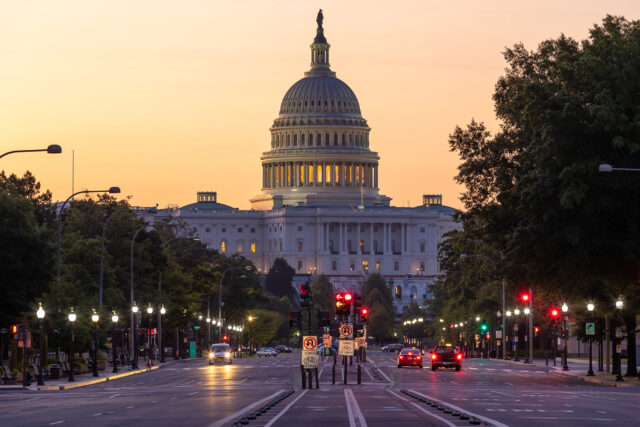
President Trump Looks to Cut Federal Pensions
Alicia H. Munnell is a columnist for MarketWatch and senior advisor of the Center for Retirement Research at Boston College.
The cuts aren’t unreasonable, but could make it hard to hire talented people.
I’m always on the lookout for proposed policies that affect pensions, and the president’s fiscal 2019 budget includes a number of proposals to reduce retirement benefits for federal civilian workers.
The bulk of federal civilian workers are automatically covered by a defined-benefit plan – the Federal Employees Retirement System (FERS). FERS provides a benefit at age 62 equal to 1.1 percent (1.0 percent for those with less than 20 years) of the average of a worker’s three highest salary years (“high-3”) for each year of service. So a person retiring after 30 years would receive a benefit equal to 33 percent of their highest three years of earnings.
These benefits are adjusted each year based on a formula linked to the consumer-price index. The plan is currently financed by contributions from both the employee and the employer. The plan is significantly less generous than those covering state and local workers.
In addition, federal employees participate in a defined-contribution plan – the Federal Thrift Savings Plan (TSP), which is well known for its low administrative and investment expenses. The employee’s agency automatically contributes 1 percent of pay, and if employees contribute 5 percent their agency will contribute an additional 4 percent. Catch-up contributions are possible for those ages 50 and older.
The president’s budget proposes four changes to the FERS: 1) increase the employee’s contribution so that employers and employees each pay half of the normal cost; 2) eliminate the cost-of-living adjustment for FERS retirees; 3) calculate FERS benefits based on high-5 rather than high-3 years of earnings; and 4) eliminate a special benefit available to those who retire prior to 62.
In terms of the TSP, the proposed budget would reduce the “G Fund” interest rate. The G Fund holds short-term Treasury securities, but it currently pays a return to investors that is equal to an average of medium and long-term Treasury bond rates. The proposal would reduce the return to match short-term T-bill rates, reflecting the G Fund’s underlying assets.
The broader rationale for the FERS cuts is based on a recent study by the Congressional Budget Office (CBO) reporting that federal civilian employees receive compensation that is 17 percent higher than their private sector counterparts. This study attempts to control for a number of ways that federal and private sector workers differ – 60 percent of federal employees have a bachelor’s degree or more compared with 35 percent of private sector workers; their average age is 46 compared with 42 for the private sector employees; and they are more concentrated in professional and management occupations than their private sector counterparts.
Some general statistics about federal employees might be useful to assess the urgency for the proposed cuts to FERS. The federal government employs about 2 million workers (not counting military personal and employees of the postal service), and this number has held steady over the last 30 years. So federal employees are a declining share of the workforce. Second, over the period 2010-15 (the years used in the CBO study), the starting pay for newly-hired federal workers rose by only 2 percent, while the starting pay for workers in the private sector grew about 10 percent. So the difference between government and private sector pay is declining.
Where I come down is as follows: Some of the proposed cuts are not unreasonable – the pre-age 62 benefit should probably be eliminated; splitting the normal cost would reflect the pattern in the state/local arena; and high-5 average salary is probably a better measure of preretirement standard of living than high-3 average salary. I am less sanguine about eliminating the cost-of-living adjustment. But more fundamentally, I am concerned that the continued pressure on federal compensation will eventually push it below that in the private sector, which – combined with the constant disparaging of federal employees – will make it hard to attract talented workers.







